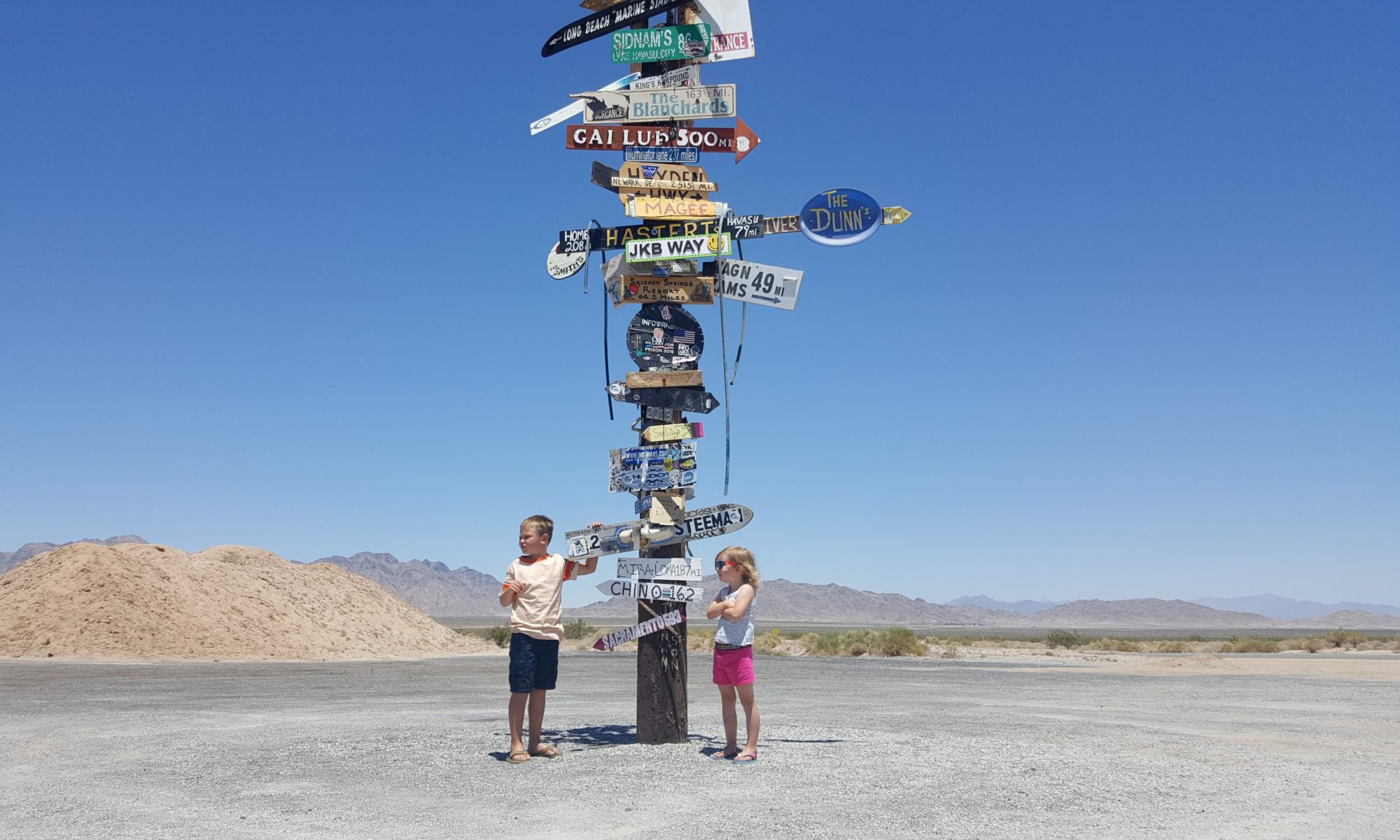Leviticus 16 and 23:26-32 are devoted to the Atonement Offering. There are several parts to this offering that are different from aspects of other offerings. First, and probably most important, is that while sin offerings were daily offerings, the atonement was only offered once a year. This indicates that in God’s view the sin offering and the actual atonement offering were separate. This is key to understanding salvation.
The second difference is the type of animals and number to be sacrificed on the Day of Atonement. The burnt offering to be sacrificed was a ram and not the usual bull. The sin offering was a bull for the high priest and his family and a goat for the rest of the people. Any other day, the priests would get a portion of the goat to eat, but not on that day; the ram, bull and goat had to be burned completely. Besides these animals, a second goat, called the scapegoat, was chosen, the priest would lay his hands on the goat symbolically transferring all of the people’s sins to it, and then it was led into the wilderness never to be seen again.
The third difference is that the blood of both the bull and goat had to be sprinkled inside the Holy of Holies in front of the Ark of the Covenant and then on the horns of the altar in the courtyard.
There is no mention of the atonement in the New Testament. Why? Because there is no scape goat. “So Christ has now become the High Priest over all the good things that have come. He has entered that greater, more perfect Tabernacle in heaven, which was not made by human hands and is not part of this created world. With His own blood – not the blood of goats and calves – He entered the Most Holy Place once for all time and secured our redemption forever. Under the old system, the blood of goats and bulls and the ashes of a heifer could cleanse people’s bodies from ceremonial impurity. Just think how much more the blood of Christ will purify our consciences from sinful deeds so that we can worship the living God. For by the power of the eternal Spirit, Christ offered Himself to God as a perfect sacrifice for our sins. That is why He is the one who mediates a new covenant between God and people, so that all who are called can receive the eternal inheritance God has promised them. For Christ died to set them free from the penalty of the sins they had committed under that first covenant. For Christ did not enter into a holy place made with human hands, which was only a copy of the true one in heaven. He entered into heaven to appear now before God on our behalf. And He did not enter heaven to offer Himself again and again, like the high priest here on earth who enters the Most Holy Place year after year with the blood of an animal. If that had been necessary, Christ would have had to die again and again, ever since the world began. But now, once for all time, He has appeared at the end of the age to remove sin by His own death as a sacrifice. Hebrews 9:11-15 & 24-26 (NLT). When Christ entered the heavenly tabernacle, He made the atone with one condition; “For this is how God loved the world: He gave His one and only Son, so that everyone who believes in Him will not perish but have eternal life. God sent His Son into the world not to judge the world, but to save the world through Him. John 3:16-17 (NLT).
From the time I was 9 years old, I struggled with the knowledge that I was a sinner in need of a Savior; but I was afraid the people I knew would think I was a bad person if I admitted that need. But on November 22, 1958, I applied the blood of Christ to my sins (made the atonement mine) when I trusted Him as my Savior. Paul says, “God saved you by His grace when you believed. And you can’t take credit for this; it is a gift from God. Salvation is not a reward for the goo things we have done, so none of us can boast about it. For we are God’s masterpiece. He has created us anew in Christ Jesus, so we can do the good things He planned for us long ago.” Ephesians 2:8-10 (NLT).
The story of Martin Luther is a great example. He was a Catholic priest and theology professor in Whittenburg, Germany for many years. During those years, he struggled with the sense of his sinfulness. He tried all the good works his church recommended, but he could not find relief. One day, he was reading the first chapter of romans when his eyes were opened to the meaning of verses 16-17. “For I am not ashamed of this Good News about Christ. It is the power of God at work, saving everyone who believes – the Jew first and also the Gentile. This Good News tells us how God makes us right in His sight. This is accomplished from start to finish by faith. As the Scripture says, ‘It is through faith that a righteous person has life’.” Luther said that when he read “it is through faith that a righteous person has life” a warm sense of forgiveness filled him with joy.
Our High Priest has entered the Holy of Holies with His own blood; the atonement happens when we by faith trust Him as our Lord and Savior.
